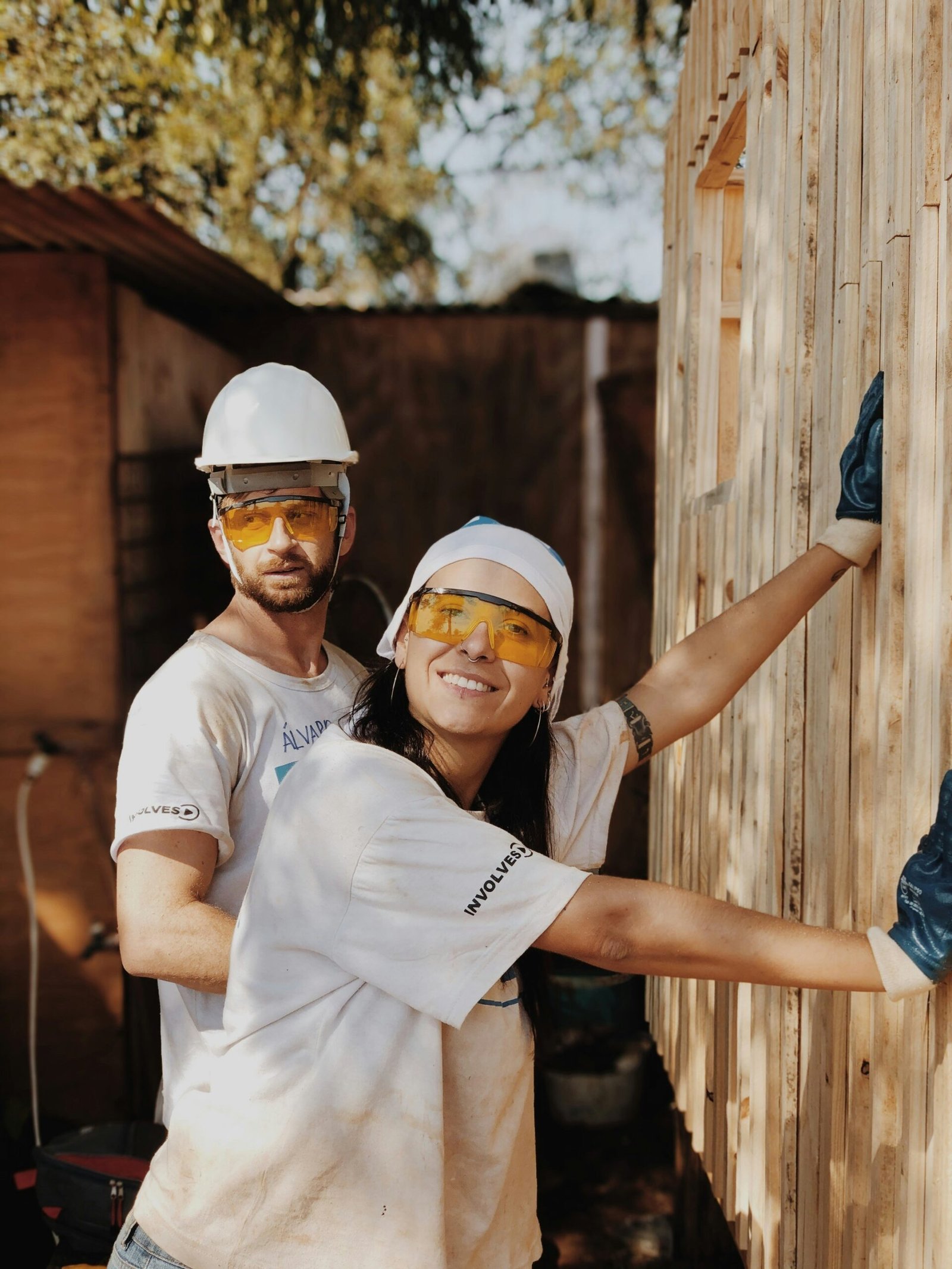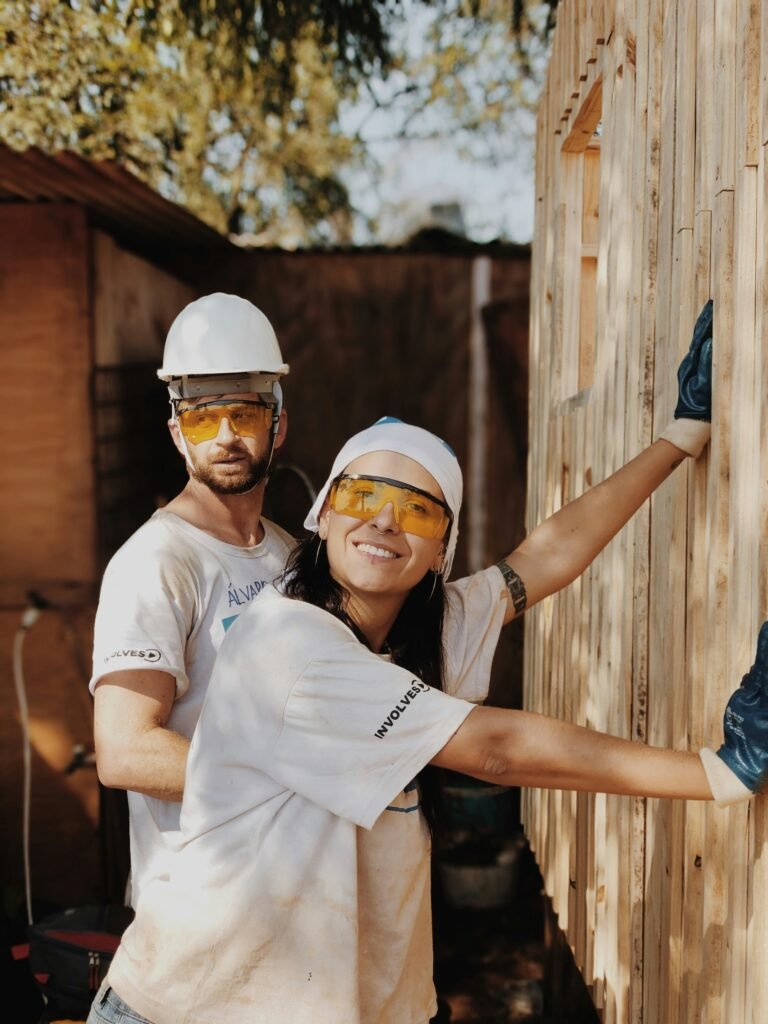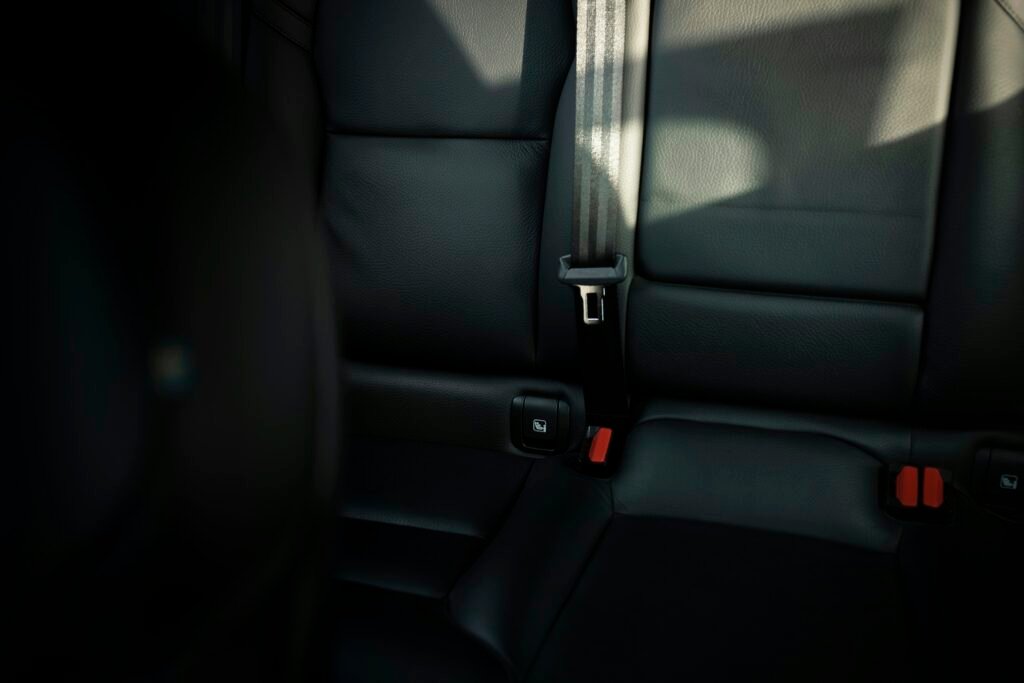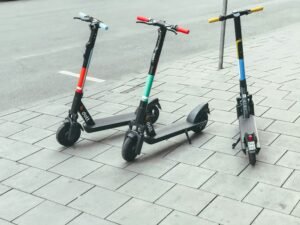
Are Scooters Safe for Kids?
So, you’ve decided that it’s time for your child to learn how to ride a scooter. But you may be wondering, “Are scooters safe for kids?” The answer is yes, with the right precautions and safety measures in place, scooters can be a fun and safe activity for children to enjoy. In this article, we will discuss important safety tips for kids learning to ride scooters. Let’s make sure that safety comes first!
Check out our product reviews!
Choosing the Right Scooter for Your Child
Before your child starts riding a scooter, it is essential to choose the right one that suits their age, size, and skill level. Kids’ scooters come in various sizes and designs, so it’s crucial to find one that fits your child comfortably. Here are some things to consider when selecting a scooter for your little one:
- Size: Ensure that the scooter is the right size for your child. They should be able to easily reach the handlebars and put their feet on the deck without stretching.
- Weight Capacity: Check the weight capacity of the scooter to ensure that it can safely support your child’s weight.
- Adjustable Handlebars: Opt for a scooter with adjustable handlebars that can grow with your child.
- Quality and Durability: Look for scooters made from sturdy materials that can withstand regular use and rough handling.
- Safety Features: Choose a scooter with features like hand brakes, non-slip foot grips, and wheel guards for added safety.
By selecting the right scooter for your child, you can help ensure their safety and enjoyment while riding.
Proper Safety Gear
Safety gear is essential when it comes to kids riding scooters. Make sure your child wears the following protective gear every time they ride:
- Helmet: A properly-fitted helmet is a must to protect your child’s head in case of a fall or collision. Look for helmets that are CPSC-certified for maximum safety.
- Knee and Elbow Pads: These pads can help prevent scrapes, cuts, and bruises if your child falls off the scooter.
- Close-Toed Shoes: Encourage your child to wear sturdy and closed-toed shoes to protect their feet while riding.
Make it a rule that your child cannot ride their scooter without wearing all of the necessary safety gear. This simple rule can help prevent injuries and accidents.

This image is property of images.unsplash.com.
Check out our product reviews!
Teaching Your Child the Basics
Before your child starts scooting around the neighborhood, take the time to teach them the basics of riding a scooter. Here are some essential tips to help your child get started:
- Balancing: Teach your child how to balance on the scooter by standing with one foot on the deck and pushing off with the other foot. Remind them to keep their body weight centered and their knees slightly bent.
- Pushing Off: Show your child how to push off the ground with one foot to gain momentum. Encourage them to practice pushing off and gliding before attempting to steer or brake.
- Stopping: Teach your child how to use the hand brake or foot brake to stop the scooter safely. Practice stopping in a controlled manner to avoid sudden stops or falls.
By patiently teaching your child the basics of riding a scooter, you can help build their confidence and skills before they hit the pavement.
Choosing the Right Riding Location
When your child is ready to ride their scooter outside, it’s essential to choose the right location for their safety. Here are some tips for selecting a safe riding location:
- Flat Surface: Choose a flat and smooth surface for your child to ride on, such as a sidewalk, bike path, or empty parking lot. Avoid uneven or bumpy terrain that could cause your child to lose control.
- Avoid Traffic: Steer clear of busy streets, intersections, or areas with heavy traffic. Opt for quieter areas where your child can ride without the risk of collisions with vehicles.
- Clear Area: Make sure the riding area is free of obstacles like rocks, sticks, or debris that could cause your child to trip or fall.
- Supervision: Always supervise your child while they are riding their scooter, especially if they are new to scootering. Keep an eye on them to ensure they are following safety rules and staying out of harm’s way.
By choosing a safe and suitable location for your child to ride their scooter, you can help minimize the risk of accidents and injuries.

This image is property of images.unsplash.com.
Setting Rules and Boundaries
Establishing rules and boundaries for your child’s scooter riding can help keep them safe and prevent accidents. Here are some essential rules to consider:
- Helmet Rule: Make wearing a helmet mandatory for your child every time they ride their scooter.
- Speed Limit: Set a reasonable speed limit for your child and remind them to ride at a safe and controlled pace.
- No Tricks: Prohibit your child from attempting risky stunts or tricks on their scooter, especially if they are new to riding.
- Stay in Sight: Encourage your child to stay within your line of sight while riding and not wander too far from your supervision.
- No Phone Use: Discourage your child from using their phone or other distractions while riding to stay focused on the road ahead.
By setting clear rules and boundaries for your child’s scooter riding, you can help ensure their safety and well-being while they enjoy this fun activity.
Practicing Safe Riding Habits
Teaching your child safe riding habits can help them become responsible and cautious scooter riders. Here are some essential habits to instill in your child:
- Look Before Turning: Remind your child to look both ways before turning or changing direction to avoid collisions with pedestrians or other riders.
- Signal Intentions: Encourage your child to use hand signals to indicate when they are turning, stopping, or changing lanes to communicate with others.
- Be Alert: Teach your child to pay attention to their surroundings and stay aware of other riders, pedestrians, and potential hazards on the road.
- Follow Traffic Laws: Remind your child to obey traffic laws and rules of the road, such as stopping at stop signs, yielding to pedestrians, and staying on the right side of the path.
By practicing safe riding habits, your child can reduce the risk of accidents and injuries while enjoying their scooter outings.

This image is property of images.unsplash.com.
Supervising Your Child’s Progress
As your child learns to ride a scooter, it is crucial to provide them with ongoing supervision and guidance to ensure their safety. Here are some tips for supervising your child’s progress:
- Start Slow: Begin by supervising your child in a controlled and safe environment, such as a driveway or backyard, before allowing them to ride in public areas.
- Offer Encouragement: Be supportive and encouraging as your child learns to ride their scooter, praising their efforts and progress along the way.
- Provide Feedback: Offer constructive feedback and tips to help your child improve their scooter riding skills and safety awareness.
- Monitor Progress: Keep an eye on your child’s progress and development as they continue to practice riding their scooter, offering guidance and assistance as needed.
By supervising your child’s progress and providing them with support and encouragement, you can help them become confident and skilled scooter riders.
Knowing When Your Child is Ready
Determining when your child is ready to ride their scooter independently is essential for their safety and well-being. Here are some signs that indicate your child is ready to ride solo:
- Confidence: Your child displays confidence and comfort while riding their scooter, showing that they are in control and can handle different situations.
- Skills: Your child has mastered the basic scooter riding skills, such as balancing, pushing off, stopping, and steering, with ease and accuracy.
- Safety Awareness: Your child demonstrates an understanding of safety rules and precautions, following them consistently while riding.
- Responsibility: Your child shows responsibility and maturity by following instructions, respecting boundaries, and avoiding risky behaviors while riding.
Once you feel confident that your child is ready to ride their scooter independently, you can give them the freedom to explore and enjoy this fun activity on their own.
Encouraging Continuous Learning and Improvement
Learning to ride a scooter is a continuous process that requires practice, patience, and perseverance. Encourage your child to engage in regular practice sessions and continue to improve their scooter riding skills. Here are some ways to support your child’s ongoing learning and improvement:
- Practice Regularly: Schedule regular scooter practice sessions with your child to help them refine their skills, build confidence, and stay engaged.
- Set Challenges: Challenge your child to try new tricks, maneuvers, or routes to keep their scooter riding exciting and rewarding.
- Offer Rewards: Reward your child for their progress and achievements in scooter riding, such as reaching a new distance, mastering a new skill, or following safety rules consistently.
- Seek Feedback: Ask your child for feedback on their scooter riding experience, including areas for improvement, challenges they face, and suggestions for enhancing their skills.
By encouraging continuous learning and improvement, you can help your child stay motivated and enthusiastic about riding their scooter while honing their abilities.
In conclusion, while scooters can be a fun and enjoyable activity for kids, safety should always be the top priority. By following the safety tips and guidelines outlined in this article, you can help ensure that your child learns to ride their scooter safely and responsibly. Remember to provide ongoing supervision, guidance, and support to encourage your child’s progress and success in mastering this exciting skill. With the right preparation and precautions in place, your child can enjoy countless hours of safe and memorable scooter adventures. Let’s keep safety first and make scooter riding a fun and rewarding experience for your child!”


